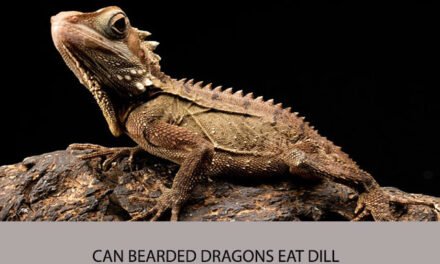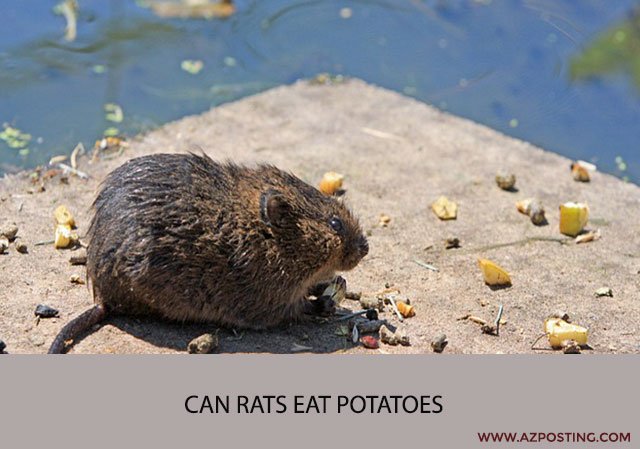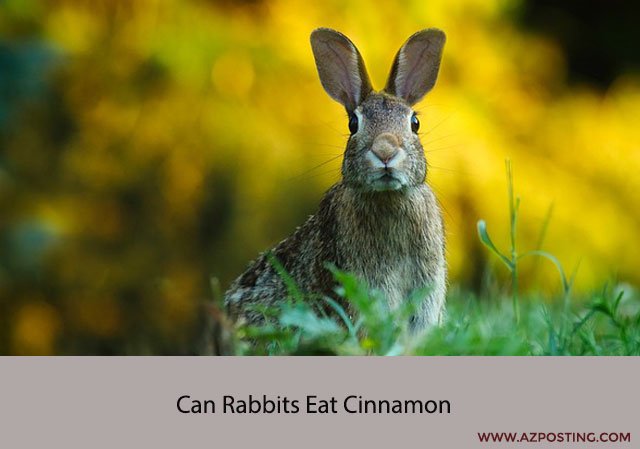Guinea pigs are adorable pets that require a balanced diet to stay healthy. As a responsible pet owner, it’s your duty to provide your guinea pig with a variety of fresh fruits and vegetables. However, not all human foods are safe for your furry friend. One such food is banana peppers.
Banana peppers are a type of chili pepper that is often used in cooking. They are known for their mild heat and sweet flavor, making them a popular ingredient in many dishes. As a guinea pig owner, you may be wondering if it’s safe to feed your pet banana peppers.
In this article, we will explore whether guinea pigs can eat banana peppers. We will discuss the nutritional value of banana peppers and whether they provide any health benefits to guinea pigs. Additionally, we will examine the potential risks associated with feeding banana peppers to guinea pigs and provide some alternative fruits and vegetables that are safe for your furry friend.
Nutritional Profile of Banana Peppers

Banana peppers are a type of chili pepper that is commonly used in cooking due to their mild heat and sweet flavor. They are also known for their nutritional value, which makes them a healthy addition to any diet. In this section, we will discuss the nutritional profile of banana peppers, including their vitamin content, mineral content, and caloric value.
Vitamin Content
Banana peppers are a good source of vitamins, particularly vitamin C and vitamin B6. One medium-sized banana pepper contains approximately 33% of the recommended daily intake of vitamin C and 10% of the recommended daily intake of vitamin B6. Vitamin C is an important antioxidant that helps to protect the body from damage caused by free radicals, while vitamin B6 is essential for the production of red blood cells and the proper functioning of the nervous system.
Mineral Content
Banana peppers are also rich in minerals, including potassium, magnesium, and iron. One medium-sized banana pepper contains approximately 6% of the recommended daily intake of potassium, 2% of the recommended daily intake of magnesium, and 2% of the recommended daily intake of iron. Potassium is important for maintaining healthy blood pressure and heart function, while magnesium is essential for strong bones and teeth. Iron is necessary for the production of hemoglobin, which carries oxygen throughout the body.
Caloric Value
Banana peppers are low in calories, with one medium-sized pepper containing only 33 calories. This makes them a great addition to any diet, especially for those who are trying to lose weight or maintain a healthy weight. They are also low in fat and sodium, making them a healthy choice for those with high blood pressure or cholesterol.
In summary, banana peppers are a healthy and nutritious addition to any diet. They are rich in vitamins, minerals, and antioxidants, while also being low in calories, fat, and sodium. So, if you’re looking for a healthy and flavorful addition to your meals, consider adding some banana peppers to your next dish.
Benefits of Banana Peppers for Guinea Pigs
When it comes to feeding our furry friends, it’s important to ensure that they are getting a balanced diet that meets all of their nutritional needs. Banana peppers are a tasty addition to a guinea pig’s diet, and they come with a range of health benefits.
Digestive Health
Banana peppers are a great source of dietary fiber, which is essential for maintaining healthy digestion in guinea pigs. Fiber helps to keep the digestive system moving smoothly, preventing constipation and other digestive issues. In addition, the capsaicin in banana peppers can help to stimulate the production of digestive enzymes, further supporting healthy digestion.
Immune System Support
Banana peppers are also rich in vitamin C, which is an important nutrient for supporting the immune system. Guinea pigs, like humans, cannot produce their own vitamin C, so it’s important to ensure that they are getting enough of this nutrient in their diet. Vitamin C helps to protect against illness and infection, and it also plays a role in wound healing.
In conclusion, banana peppers can be a healthy addition to a guinea pig’s diet, providing important nutrients that support digestive health and immune system function. As with any new food, it’s important to introduce banana peppers gradually and in small amounts, to ensure that your guinea pig tolerates them well.
Risks of Feeding Banana Peppers to Guinea Pigs

When it comes to feeding guinea pigs, it is important to be aware of what foods are safe for them to consume. Banana peppers are a type of spicy pepper that some guinea pig owners may consider feeding their pets. However, there are several risks associated with feeding banana peppers to guinea pigs.
Spicy Pepper Varieties
Banana peppers are just one type of spicy pepper that can be harmful to guinea pigs. Other varieties, such as jalapenos and habaneros, are even hotter and can cause serious health issues for guinea pigs. Spicy peppers contain capsaicin, which can irritate the digestive system and cause discomfort for guinea pigs. It is best to avoid feeding any type of spicy pepper to guinea pigs.
Portion Control
Even if a guinea pig can tolerate a small amount of banana pepper, it is important to exercise caution with portion control. Guinea pigs have sensitive digestive systems and can experience digestive upset if they consume too much of any food. It is recommended to only feed small amounts of fruits and vegetables to guinea pigs, including banana peppers.
Frequency of Feeding
Feeding banana peppers to guinea pigs should be done sparingly, if at all. While they may enjoy the taste, it is not a necessary part of their diet and can cause health problems if consumed too frequently. It is recommended to limit the amount of banana peppers fed to guinea pigs to no more than once per week.
In conclusion, while banana peppers may seem like a harmless treat for guinea pigs, they can actually pose several risks to their health. It is best to avoid feeding spicy peppers altogether and stick to a balanced diet of hay, pellets, and limited amounts of fruits and vegetables.
Safe Feeding Practices
Preparation of Banana Peppers
When feeding banana peppers to guinea pigs, it is important to properly prepare them. Start by washing the pepper thoroughly to remove any dirt or debris. Then, remove the stem and seeds from the pepper before slicing it into small, bite-sized pieces. This will make it easier for your guinea pig to eat and digest.
Introducing New Foods to Guinea Pigs
When introducing new foods to your guinea pig, it is important to do so slowly and in small amounts. This will allow their digestive system to adjust to the new food and prevent any potential digestive issues. Start by offering a small piece of banana pepper and monitor your guinea pig’s reaction. If they show no signs of discomfort or digestive issues, you can gradually increase the amount of pepper offered.
It is also important to note that not all guinea pigs may enjoy the taste of banana peppers. Some may prefer other types of vegetables or fruits. Offer a variety of foods and observe which ones your guinea pig prefers.
In summary, when feeding banana peppers to guinea pigs, it is important to properly prepare them and introduce them slowly in small amounts. Offer a variety of foods and observe which ones your guinea pig prefers. By following these safe feeding practices, you can ensure your guinea pig stays happy and healthy.
Alternative Foods for Guinea Pigs

Guinea pigs are herbivores and require a diet that is high in fiber and low in fat. While hay should make up the majority of their diet, it is important to provide them with a variety of fresh vegetables and fruits to ensure they receive all the necessary nutrients. Here are some alternative foods that guinea pigs can eat:
Vegetables Guinea Pigs Can Eat
Vegetables are an important component of a guinea pig’s diet. They should be fed a variety of vegetables daily to ensure they receive a wide range of nutrients. Here are some vegetables that guinea pigs can eat:
| Vegetables | Notes |
|---|---|
| Bell Peppers | High in vitamin C, avoid feeding seeds and stems |
| Carrots | High in vitamin A, feed in moderation due to high sugar content |
| Cucumber | High in water content, feed in moderation |
| Kale | High in vitamin C and calcium, feed in moderation |
| Romaine Lettuce | High in vitamin C and low in calcium, feed in moderation |
| Spinach | High in vitamin A and iron, feed in moderation |
| Zucchini | High in vitamin C and low in calcium, feed in moderation |
Fruits Guinea Pigs Can Eat
Fruits should be fed to guinea pigs in moderation due to their high sugar content. It is important to remove any seeds or pits before feeding them to your guinea pig. Here are some fruits that guinea pigs can eat:
| Fruits | Notes |
|---|---|
| Apples | High in vitamin C and fiber, feed in moderation |
| Blueberries | High in vitamin C and antioxidants, feed in moderation |
| Kiwi | High in vitamin C and fiber, feed in moderation |
| Mango | High in vitamin A and fiber, feed in moderation |
| Strawberries | High in vitamin C and antioxidants, feed in moderation |
| Watermelon | High in water content, feed in moderation |
It is important to introduce new foods slowly and in small amounts to avoid upsetting your guinea pig’s digestive system. Always consult with a veterinarian before making any significant changes to your guinea pig’s diet.
Frequently Asked Questions
How often can guinea pigs safely consume banana peppers?
We recommend feeding banana peppers to your guinea pig as an occasional treat and not as a regular part of their diet. Too much of any food can cause digestive problems, so it’s important to monitor the amount of banana peppers your guinea pig consumes.
Are banana peels a suitable snack for guinea pigs?
No, banana peels are not a suitable snack for guinea pigs. While the flesh of the banana is safe for guinea pigs to eat in moderation, the peel is difficult for them to digest and can cause gastrointestinal issues.
What types of peppers are safe for guinea pigs to eat?
Bell peppers, also known as sweet peppers, are safe for guinea pigs to eat in moderation. Red, green, and yellow bell peppers are all good choices. However, spicy peppers like jalapenos or chili peppers should be avoided.
Can guinea pigs have tomatoes as part of their diet?
Yes, tomatoes can be included as part of a guinea pig’s diet in moderation. However, the seeds and skin should be removed as they can cause digestive problems.
Is it safe for guinea pigs to eat bananas?
Yes, bananas are safe for guinea pigs to eat in moderation. They are a good source of fiber and vitamins. However, too much banana can cause digestive problems, so it should be given as an occasional treat.
What fruits should be avoided in a guinea pig’s diet?
Citrus fruits like oranges, lemons, and grapefruits should be avoided as they are too acidic for guinea pigs. Also, fruits high in sugar like grapes, mangoes, and pineapples should be given sparingly as they can cause weight gain and other health problems.





